
When it comes to data management, law enforcement agencies are capturing more video and audio evidence than ever, from body-worn cameras and CCTV systems to recordings from interrogation rooms and 911 calls. While this data plays a vital role in promoting transparency and solving crimes, it also presents a growing challenge in how to protect the privacy of individuals while remaining compliant with laws such as FOIA, CJIS, GDPR, and CCPA.
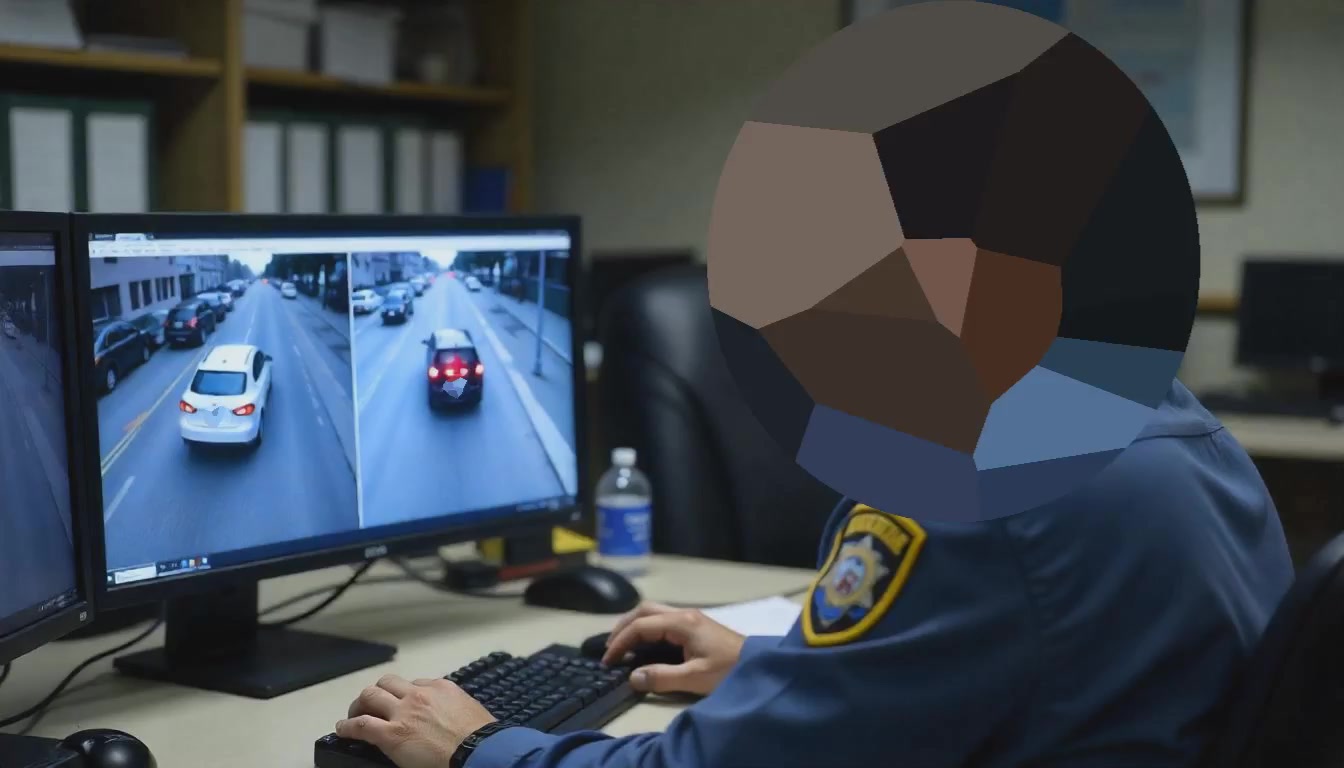
Redacting personally identifiable information (PII) such as faces, license plates, or voices isn't just about avoiding legal trouble. It's about maintaining public trust, ensuring evidence integrity, and streamlining your department's workflow.
But with mounting file volumes, tight deadlines, and outdated tools, manual redaction becomes a bottleneck and a risk.
Whether you're a compliance officer handling FOIA requests or a digital evidence technician reviewing hours of footage, this guide will help you navigate the path to efficient, privacy-first video redaction.
Law enforcement organisations are tasked with the dual responsibility of providing transparency to the public while safeguarding the privacy of individuals captured in their footage. Whether responding to Freedom of Information Act (FOIA) requests or releasing video following high-profile incidents, departments must assure that sensitive information is removed.
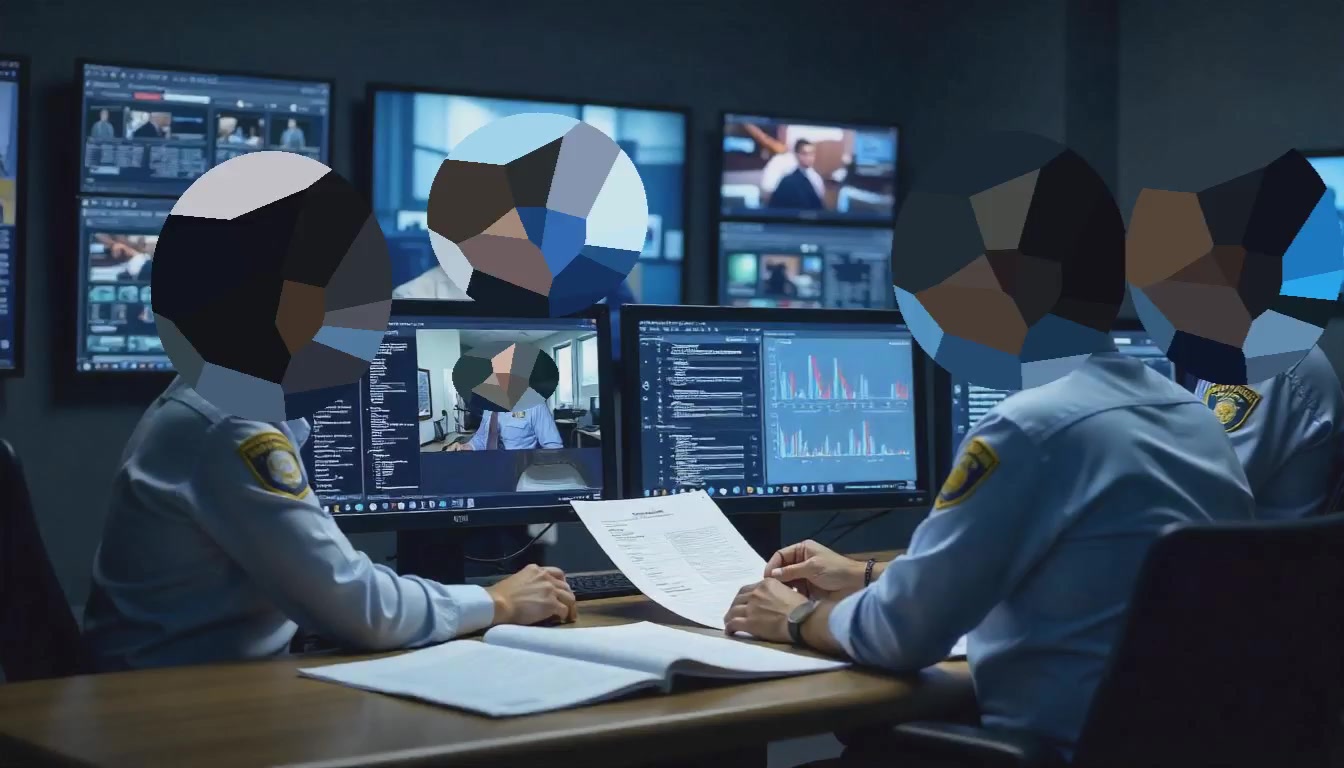
Key types of information that require redaction include:
Agencies must adhere to several data protection laws and compliance standards:
Block Quote:
"Redaction is no longer a back-office task. It's a frontline defence for citizen privacy and department credibility."
Failing to redact properly can result in:
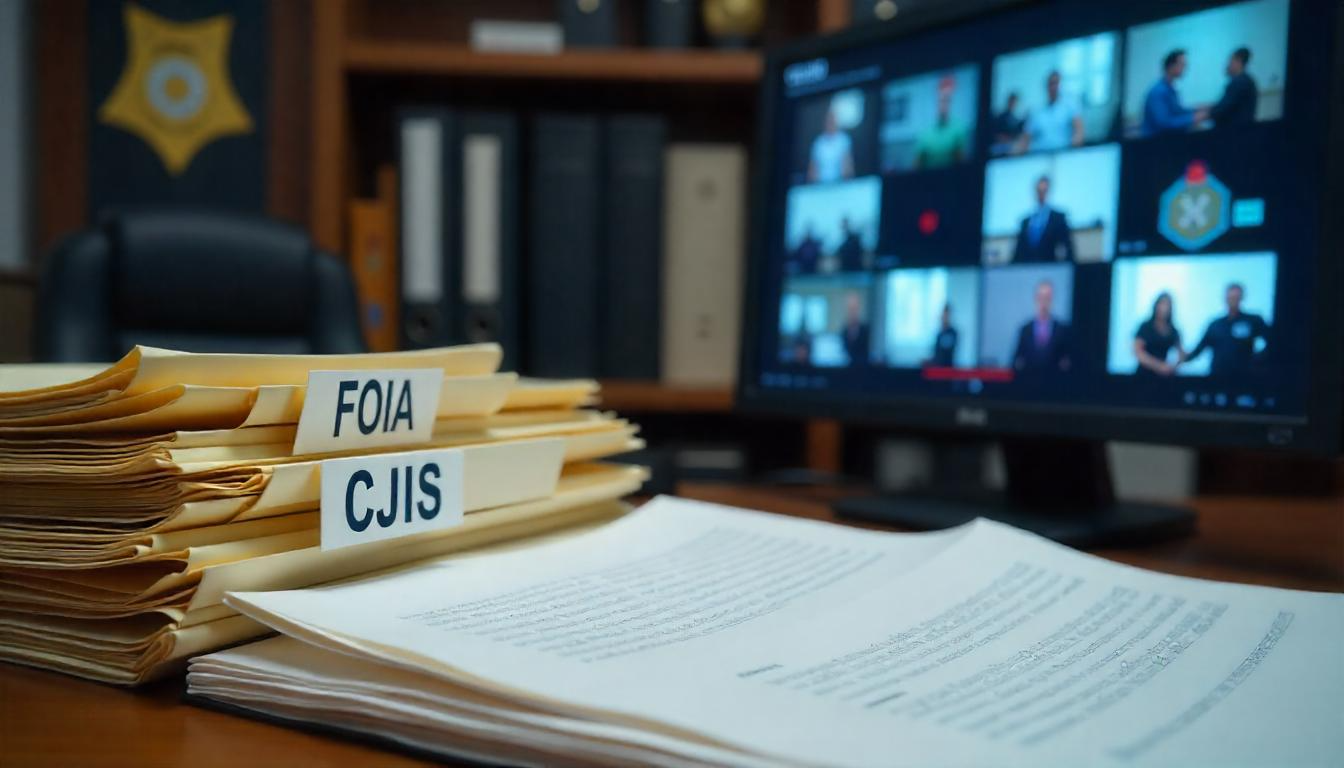
Real-life example: In 2023, a major U.S. police department faced a class-action lawsuit after unredacted footage of minors was released during a public records request. The settlement cost the city over $2 million.
Traditional redaction often involves frame-by-frame blurring using basic video editing software. This is:
Agencies now manage:
Most redaction tools don't handle all these formats within a single system.
Slow response to public requests, especially after critical incidents, can appear evasive and fuel mistrust.
Real-life example: In 2019, redaction delays during the Trump–Ukraine aid inquiry hid key legal concerns from the public. When unredacted emails later surfaced, it exposed misuse of redactions to shield misconduct, eroding public trust and raising doubts about government transparency.
Who's Responsible for Redaction Roles?
Effective redaction workflows in law enforcement require collaboration across multiple roles with distinct responsibilities, which are critical to achieving both privacy compliance and operational efficiency. Understanding who is responsible for what can help streamline the process and eliminate gaps in accountability.
Here's a breakdown of key personnel involved in video redaction for law enforcement:
They are responsible for ingesting, reviewing, and preparing footage for redaction. They flag sensitive content, verify redacted segments, and make sure that output files meet format and quality standards. Their technical expertise helps prevent privacy violations before footage is ever released to the public domain.
With an in-depth understanding of data protection laws such as FOIA, CJIS, GDPR, and CCPA, compliance officers define & enforce legal redaction protocols. They assure that every redacted file meets the minimum statutory requirements and that no personally identifiable information (PII) is inadvertently released.
These professionals are responsible for deploying, configuring, and maintaining redaction software platforms. They are responsible for ensuring the redaction system integrates smoothly with the agency's existing infrastructure and digital evidence management systems (DEMS). IT managers also oversee data security, user access controls, and system updates, making them vital for ensuring technical compliance.
These leaders are accountable for establishing department-wide redaction policies, approving FOIA responses, and ensuring community engagement. They assess software ROI, track performance metrics, and ultimately decide on platform adoption and expansion.
Redaction tools should utilise advanced computer vision to accurately identify and blur or mask faces, heads, license plates, vehicles, or other identifiable elements in video footage. This assures that no sensitive visual data is unintentionally left exposed.
Automated transcription converts spoken dialogue into searchable text, enabling the redaction of names, addresses, or other PII in audio tracks. This is essential for 911 calls, interview recordings, and dispatch audio.
With growing volumes of digital evidence, it's vital to be able to redact multiple files at once. This feature allows teams to handle FOIA requests and investigations more efficiently by saving time and reducing repetitive tasks.
Not every case requires the same level of redaction. Look for tools that allow granular control over what gets redacted, whether full-frame blurs, partial
object masking, or targeted removal of specific content types.
Law enforcement agencies should make sure that redaction software is compatible with their preferred infrastructure, whether cloud, on-premise, or hybrid. Support for CJIS and FedRAMP compliance enables that the evidence remains protected against unauthorised access.
When every second counts, Sighthound Redactor empowers law enforcement agencies to respond more quickly, protect privacy, and maintain public trust through an AI-powered platform designed for compliance and scalability.
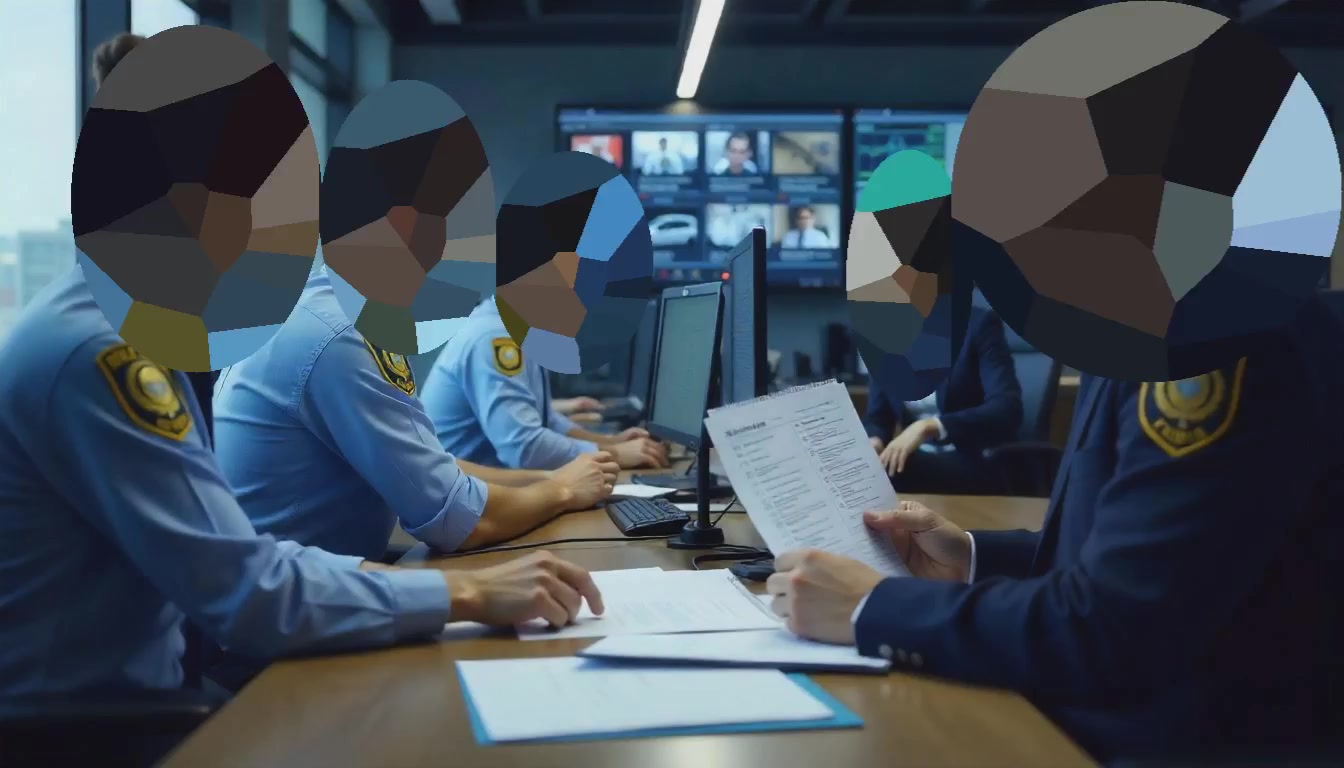
Unlike traditional redaction tools, Redactor automates the entire process, from detecting sensitive content in video and audio to generating audit-ready reports, freeing up time for what matters most for investigation and enforcement.
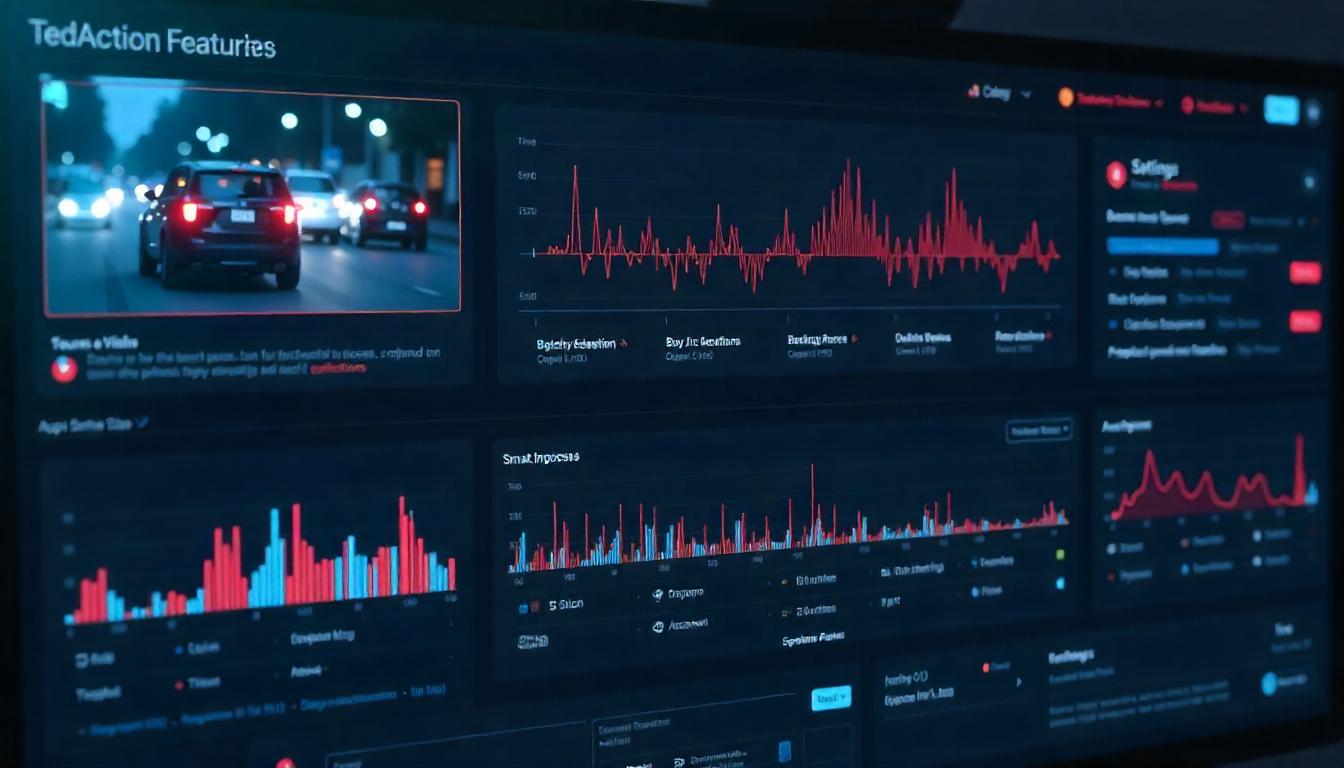
AI is not just a tool for surveillance; it's a catalyst for building safer learning environments. When deployed with privacy in mind, AI systems can detect threats early, automate critical responses, and create peace of mind for citizens &
police reporting.
Those who embrace AI redaction will secure efficiency, compliance, and public trust.
Want to learn more about AI-powered redaction & digital evidence compliance?Try Sighthound Redactor today.
Want more insights? Read our AI-powered redaction best practices.Need a live demo? Schedule a Redactor demo now.
For business opportunities, explore our Partner Program today.
Published on: